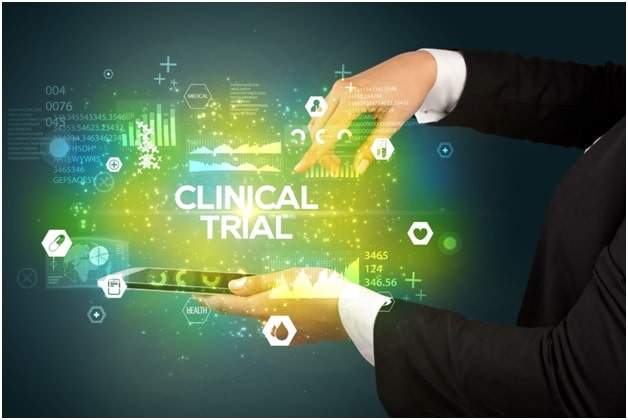Those who are working in the medical fields and scientists generally undergo clinical trials to diagnose, prevent, and treat specific medical conditions. Their primary goal is to know whether a new drug is effective and safe and if it can be administered to the rest of the population.
Various materials and things generally undergo evaluation during a clinical trial. They can be newly invented devices, another use for an existing drug, a combination of medications, and more.
The investigators will generally do in-depth studies on animal models and human cell cultures before proceeding with the trial’s initial phases. They might want to know the toxicity levels of a new drug in the human cells by testing it in a laboratory.
When they get positive results and something that might be ground-breaking, they can go to the next stages and see how a newly discovered device or drug will work in humans. They can happen in various phases, and each of them is built upon the results of the previous stages.
Generally, one can expect three primary phases of trial to happen. They can be defined as phase 1 to phase 3. However, other researchers conducted an earlier stage called phase 0. You might want to know about what are the 4 phases of clinical trials on the right website and see the things that are involved in them. Some are randomized, whereas other stages will be done even after the fourth one has been conducted.
What Happens at the Start?
The first stage is called Phase 0. This is a step that involves just a small number of people, and it can be as few as less than 10. The medicine is administered in a very small dose, and the researchers ensure that the amount will not be harmful. At a later stage, they will slowly start administering a higher dose and take note of the results.
If the drug or the device does not deliver the intended results in the initial stage, additional research will be needed before proceeding to the next step.
What is Involved in Phase 1?
Phase 1 is where the researchers will spend months or even years looking at a medication’s effect on twenty or more people who are healthy and do not get treatment for a severe medical illness.
One of the primary goals of this step is to know the highest dose the human body can adapt to without developing any side effects. The participants are getting closely monitored for any adverse reactions to the drug administered to them.
While some might think this is about the dosage, this stage is generally where the researchers are taking a closer look because any unpredictable effect can happen at any time.
They want to know the best way to administer the product, whether it will be topically, intravenously, or orally. Read more about the intravenous way of administration on this page.
What to Expect during Phase 2?
The second stage of the clinical trial will generally require hundreds of participants who are experiencing an illness the drug was designed to treat. The dosage is the same as the first, and the monitoring can take up to several years to see the effectiveness of the medication or any side effects that it will cause afterward.
Even if this involves more participants, this is not going to be a large enough study to see if the medicine is safe. The Food and Drug Administration has estimated that over 30% of the products move to the next stage.
Going through Phase 3
At this stage, there will be over 3,000 participants or more that are usually going to take the medication. This is the phase that will last for a few years. The goal is to evaluate how the new drug will differ from the ones already on the market.
To go to the next phases, the researchers must first confirm that the product is highly effective and safe for the human body.
This is where randomization occurs, where the participants are chosen without order to receive the new drug. It is going to be a double-blind experiment where biases can be removed.
Since there are a lot of participants that have joined this step, it is expected to see the long-term and any rare side effects that the new medication is going to produce.
It is estimated that only about 25% will pass this step and go to the next one. See more about clinical trials on this website: https://en.wikipedia.org/wiki/Clinical_trial.
Phase 4
This is when the Food and Drug Administration officially approves a medication to be distributed to the public. It has finished its research involving over a thousand participants for many years, and the long-term effectiveness, advantages, and safety has been determined. However, some continue to keep track of the drug to see the effects after a decade or two.
Clinical trials are especially important in innovation and research. They determine the effectiveness and safety of new products, drugs, or devices before it is available to the public. If you are interested in one, you can get pre-qualified to know more about it.


